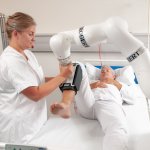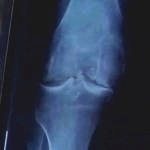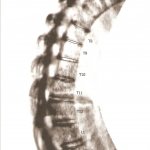
Video • Innovative approach
Osteoarthritis: Nasal cartilage relieves knee pain
Cartilage cells from the nasal septum can not only help repair cartilage injuries in the knee, they can also withstand the chronic inflammatory tissue environment in osteoarthritis and even counteract the inflammation – according to researchers from the University of Basel and the University Hospital Basel.


























